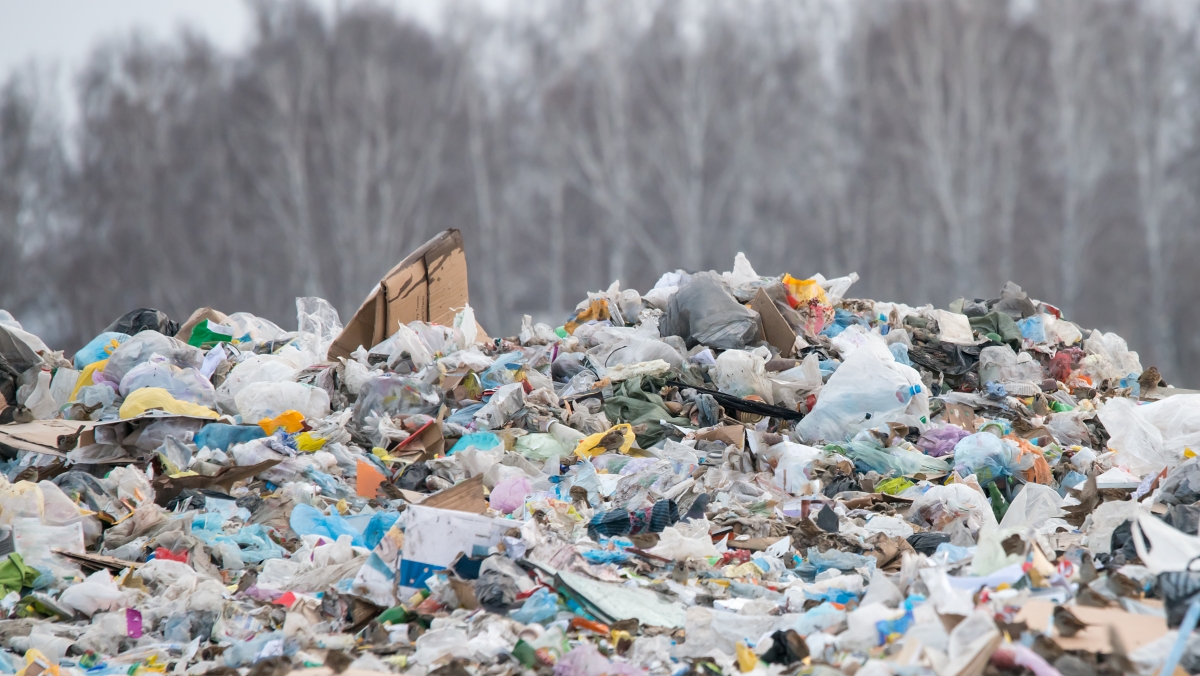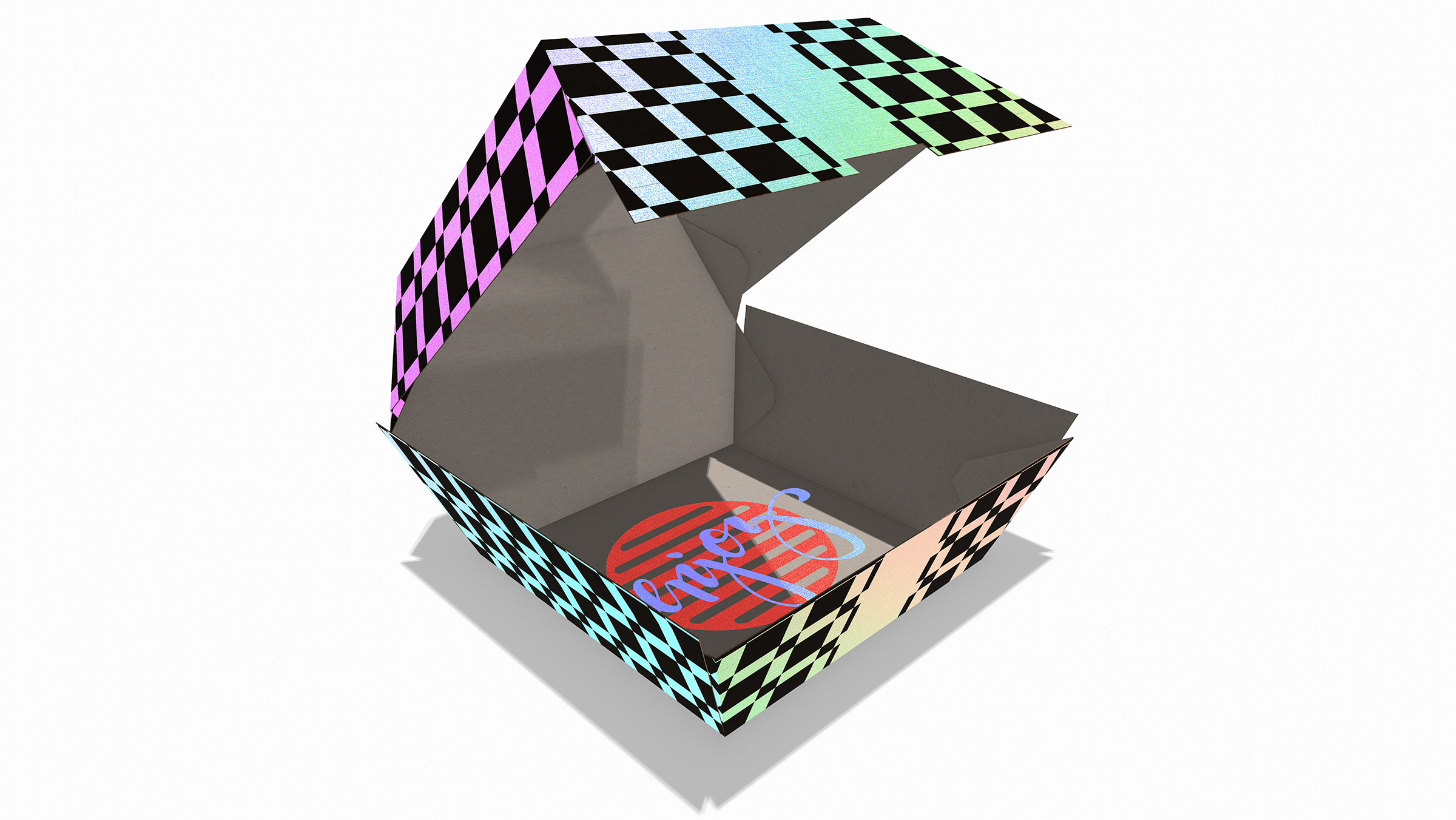Packaging from renewable source materials
Plastics are highly versatile materials that can be found in many day-to-day products, such as clothes, children’s toys, furniture, cars and packaging materials. But with consumers and regulators across the world increasingly focused on sustainability, many are concerned about the impact of those goods on the environment.

Can plastics be recycled?
In a word, sometimes. “Plastic” is a broad term that refers to a range of materials based on polymers that can be moulded into solid objects. Recycling of plastic began in the 1970s, but the complexity of the process means that in reality, not all plastics actually make it as far as the recycling plant. While plastics can technically be repurposed, sorting and melting them down is expensive and energy-intensive. What’s more, plastic can only be reused once or twice before it degrades irretrievably.
This doesn’t mean that all plastic products go to landfill: firm plastic products such as beverage and shampoo bottles can be recycled relatively easily, as can some food containers. On the other hand plastic wrap, plastic clamshells, flexible packaging that is lined with aluminium, foam polystyrene and small plastics such as clips are all difficult for conventional machinery to handle, meaning that few recycling plants are prepared to accept them.
With this in mind, many manufacturers and brands are turning towards renewable source materials that can be easily transformed using conventional recycling streams, such as paper. Innovative processes such as metallized vacuum vaporisation mean that paper-based packaging materials can now offer similar performance to less sustainable alternatives. Get in touch to find out more.
